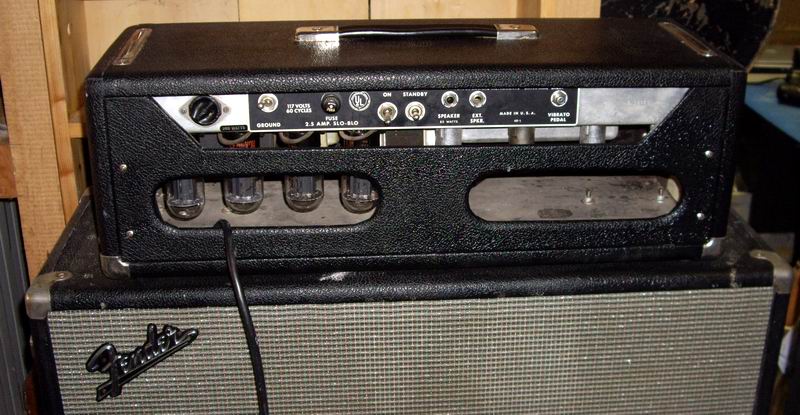Originally posted by J M Fahey
View Post
I made the back panel out of what we call "Masonite" or "Hardboard".
Very similar to what was used for the original.
It's 1/4" thick and fairly stiff with the Tolex on it.
Breakage was/is a slight concern... I thought about reinforcing it with something, but it seems fine.
It does vibrate somewhat when playing loud but doesn't add any noise that I can hear.
It was so easy to make I could do another with the double cutouts if it gets damaged.
As you can see I have not yet applied any shielding foil.
I plan to, but the amp is quiet even without it.

Comment